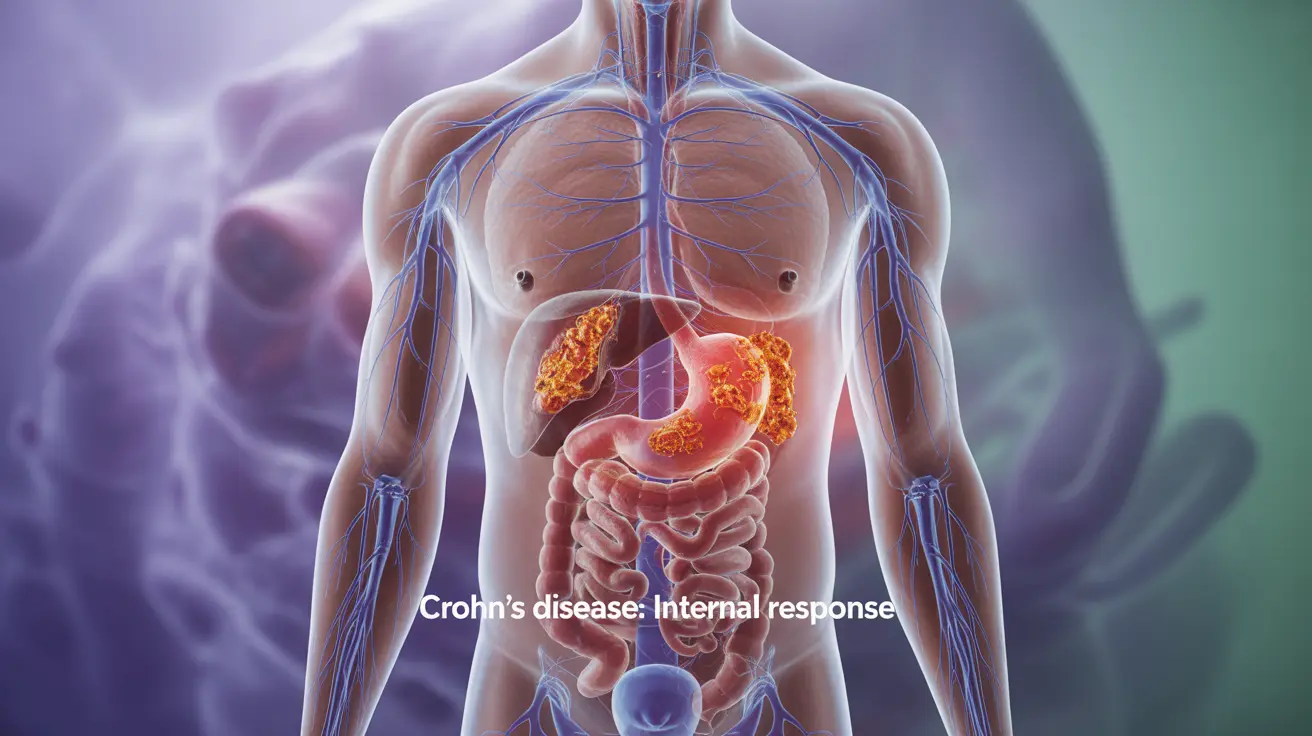Mental health conditions can significantly impact a person's quality of life, and understanding the distinctions between different disorders is crucial for proper diagnosis and treatment. Two conditions that are sometimes confused but are distinctly different are bipolar disorder and schizophrenia. This comprehensive guide will help you understand the key differences, symptoms, and treatment approaches for both conditions.
Key Differences Between Bipolar Disorder and Schizophrenia
While both conditions affect mental health, bipolar disorder and schizophrenia have distinct characteristics that set them apart. Bipolar disorder primarily affects mood regulation, causing alternating periods of depression and mania. In contrast, schizophrenia primarily affects thought processes, perception, and reality testing.
Primary Symptoms and Manifestations
Bipolar disorder is characterized by:
- Extreme mood swings between depression and mania
- Periods of intense energy and euphoria
- Episodes of deep depression
- Changes in sleep patterns and activity levels
- Impulsive behavior during manic episodes
Schizophrenia typically presents with:
- Hallucinations (seeing or hearing things that aren't there)
- Delusions (false beliefs)
- Disorganized thinking and speech
- Reduced emotional expression
- Difficulty with social interactions and daily activities
Treatment Approaches and Management Strategies
The treatment approaches for these conditions differ significantly, reflecting their distinct underlying mechanisms.
Bipolar Disorder Treatment
Treatment for bipolar disorder typically includes:
- Mood stabilizers like lithium
- Antipsychotic medications
- Psychotherapy, particularly cognitive behavioral therapy
- Lifestyle modifications
- Regular sleep schedule maintenance
Schizophrenia Treatment
Schizophrenia treatment usually involves:
- Antipsychotic medications as the primary treatment
- Psychosocial therapy
- Supportive employment programs
- Family education and support
- Social skills training
Genetic Factors and Risk Assessment
Both conditions have genetic components, but their inheritance patterns and risk factors differ. Research suggests that having a first-degree relative with either condition increases the risk of developing that specific disorder. Environmental factors, stress, and trauma can also contribute to the development of both conditions.
Understanding Schizoaffective Disorder
Schizoaffective disorder represents a unique combination of symptoms from both conditions. It includes features of schizophrenia along with mood episodes characteristic of bipolar disorder. This combination can make diagnosis particularly challenging and requires careful clinical assessment.
Frequently Asked Questions
What are the main differences between bipolar disorder and schizophrenia?
The primary difference lies in their core symptoms. Bipolar disorder mainly affects mood, causing alternating periods of depression and mania. Schizophrenia primarily affects thought processes and perception of reality, causing hallucinations and delusions.
How do you treat bipolar disorder versus schizophrenia, and what are the most effective treatments?
Bipolar disorder is typically treated with mood stabilizers, antipsychotics, and psychotherapy. Schizophrenia treatment focuses primarily on antipsychotic medications combined with psychosocial interventions. Both conditions require long-term management and regular medical supervision.
What are the common symptoms of bipolar disorder and schizophrenia that can lead to confusion in diagnosis?
Both conditions can involve psychotic symptoms during severe episodes, and both can affect cognitive function and social relationships. However, in bipolar disorder, these symptoms typically occur during mood episodes, while in schizophrenia, they are more persistent.
Can bipolar disorder and schizophrenia be caused by similar genetic factors, and what other factors contribute to their development?
Both conditions have genetic components and can run in families. Environmental factors, stress, trauma, and substance use can contribute to both disorders. However, the specific genetic markers and risk factors differ between the conditions.
How can you distinguish between schizoaffective disorder and bipolar disorder or schizophrenia, and what are the implications for treatment?
Schizoaffective disorder shows features of both conditions but requires the presence of both mood symptoms and schizophrenia symptoms. Treatment typically combines approaches used for both disorders, tailored to the individual's specific symptom presentation.




